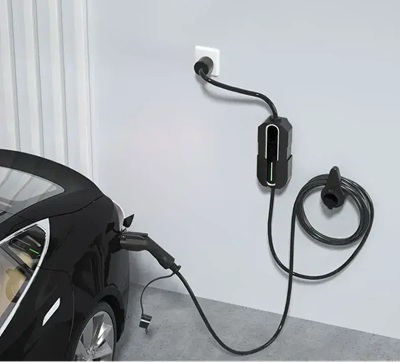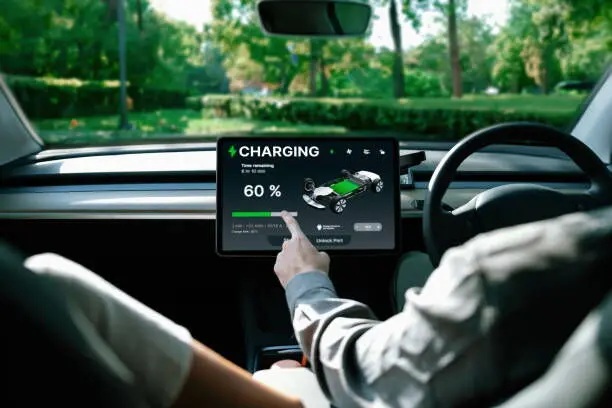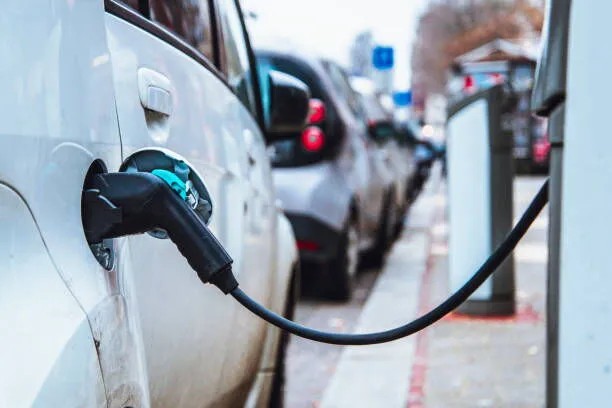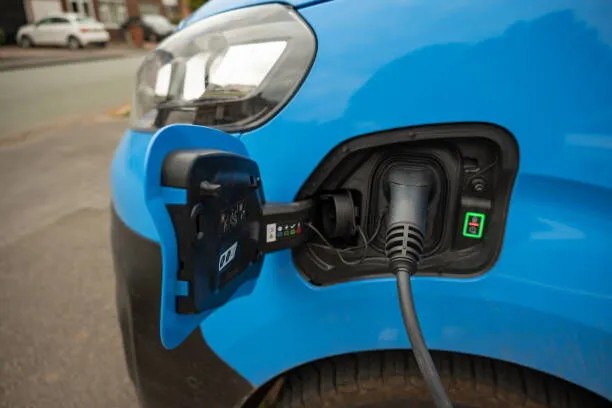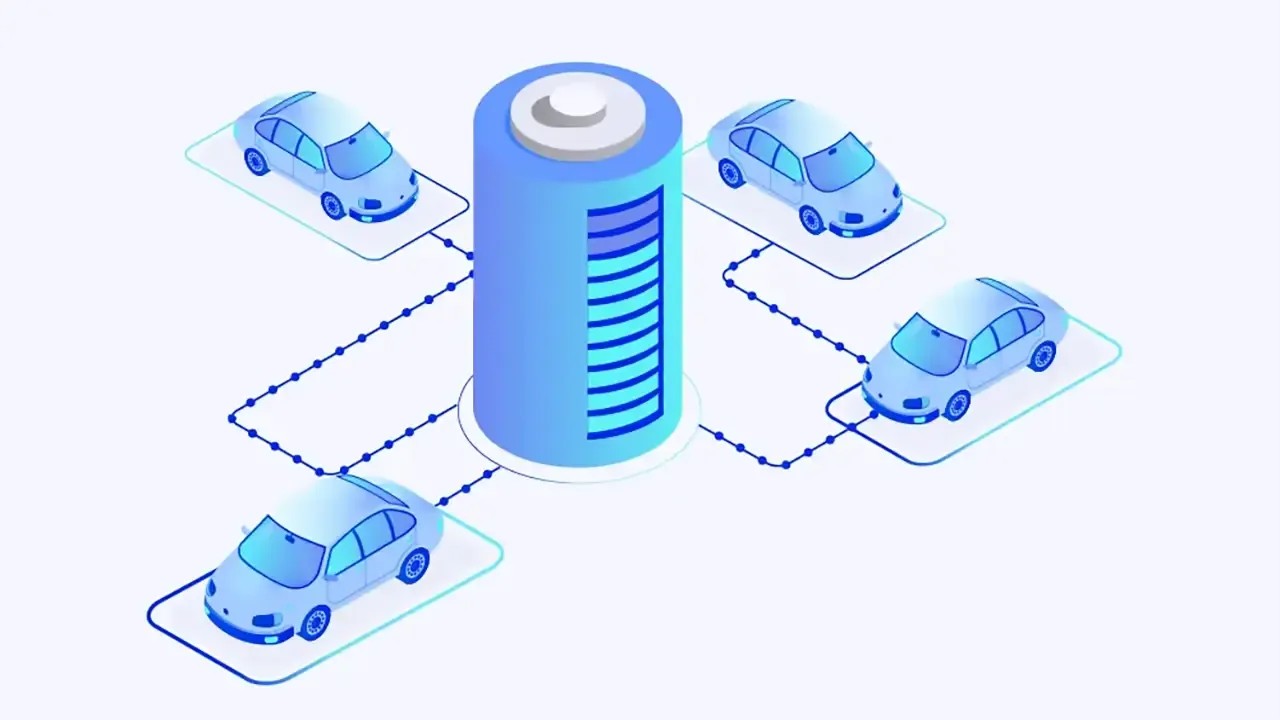DCFC vs Level 2: Is Faster Always Better?
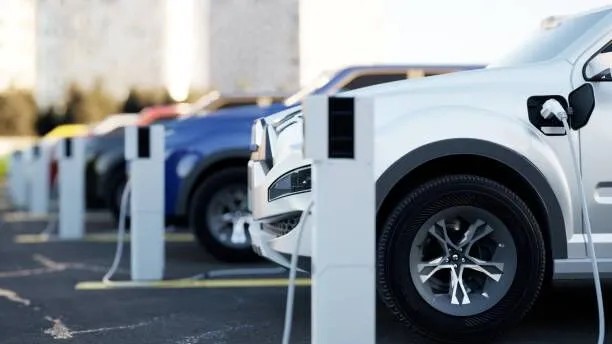
Strong 8k brings an ultra-HD IPTV experience to your living room and your pocket.
Is Faster Always Better? Understanding the Trade-Offs Between DC Fast Charging and Level 2 EV Charging
As electric vehicle (EV) adoption accelerates, one of the most important decisions facing EV owners, fleet managers, and businesses is selecting the right Electric Vehicle Supply Equipment (EVSE). The choice often comes down to two options: Direct Current Fast Charging (DCFC), also known as Level 3 charging, and Level 2 charging.As a professional EV charger manufacturer in China, Topper Company delivers dependable electric vehicle charging station equipment and comprehensive charging solutions.
While both technologies serve the same purpose—recharging EVs—they are suited to very different needs. So, is faster always better when it comes to EV charging? The answer is more nuanced than a simple yes or no.
DC Fast Charging (DCFC): Speed Meets Convenience
DCFC is designed for rapid energy delivery, charging most EVs from 0% to 80% in as little as 20 minutes to an hour. These chargers are typically found in high-traffic areas such as highways, gas stations, and commercial hubs.
Advantages of DCFC:
Speed: Minimizes downtime for long-distance travelers and time-sensitive fleets.
Convenience: Ideal for quick pit stops or urgent recharges.
However, DCFC comes with significant trade-offs. The infrastructure is expensive to install and maintain and requires robust electrical capacity. Additionally, frequent use of DCFC can potentially shorten battery lifespan due to the high power levels involved.
Level 2 Charging: The Dependable Workhorse
Level 2 chargers are slower—typically taking 4 to 10 hours for a full charge—but perfectly suited for locations where vehicles are parked for extended periods, such as homes, offices, or overnight fleet depots.
Benefits of Level 2 Charging:
Cost-Effective: Cheaper to install and operate compared to DCFC.
Battery-Friendly: Gentler charging helps preserve long-term battery health.
Widespread Usability: Ideal for residential, workplace, and long-duration parking.
Level 2 chargers are already responsible for the majority of everyday charging needs, especially for commuters and fleet vehicles that return to base daily.
Key Factors in Choosing the Right Charging Solution
Making the right EVSE decision starts with understanding your specific use case. Consider the following:
1. Dwell Time
Long parking durations (e.g., at home or work) = Level 2.
Short stops or in-transit locations = DCFC.
2. Battery Size and Usage
Large battery systems or 24/7 operations (e.g., port vehicles or delivery fleets) may require a mix of both DCFC and Level 2.
3. Cost Considerations
DCFC requires high upfront and operational investment.
Level 2 chargers offer lower installation and energy costs—ideal for budget-conscious setups.
4. User Experience
Level 2 chargers in workplaces or residential complexes improve satisfaction and support daily charging habits.
Surveys show 91% of employees appreciate workplace charging access, and 76% believe employers should offer it.
Why Faster Isn’t Always Better
While DCFC offers unmatched speed, it’s not always the most practical solution. Here's why Level 2 charging often makes more sense:
Fleet Depot Efficiency: Ideal for overnight fleet recharging with lower costs and less infrastructure complexity.
Home Charging Dominance: Over 80% of EV charging happens at home—where Level 2 chargers are the standard.
Typical Commutes: With daily travel averaging just 30 miles, most drivers don’t need a full charge daily.
Lower Operating Costs: In places like California, DCFC can cost ~$0.40 per kWh versus ~$0.30 for Level 2.
Battery Health: Slower charging helps preserve battery life over time, reducing long-term costs and environmental impact.
The Role of DCFC in the Broader EV Ecosystem
Despite the advantages of Level 2, DCFC plays a critical role in expanding the usability and appeal of EVs. It is essential for:
Highway Corridors: Enabling long-distance EV travel.
Urban Hubs: Supporting users who lack home charging access.
Commercial Fleets: Reducing downtime for high-utilization vehicles.
The key is balance—designing an EV charging strategy that incorporates both DCFC and Level 2 to serve different use cases effectively.
Conclusion: Match Charging Speed to Your Needs
The bottom line? Faster isn’t always better.
DCFC is invaluable for rapid, in-transit charging needs, but Level 2 remains the more practical, cost-efficient, and scalable solution for most day-to-day EV charging scenarios. By evaluating your specific requirements—dwell time, budget, user behavior, and battery needs—you can make an informed decision that balances convenience with sustainability and long-term value.
As the EV market grows, a well-rounded charging infrastructure that leverages the strengths of both DCFC and Level 2 will be essential for meeting demand, supporting adoption, and ensuring a smooth transition to a greener transportation future.Gotta know about Google SEO.
Note: IndiBlogHub features both user-submitted and editorial content. We do not verify third-party contributions. Read our Disclaimer and Privacy Policyfor details.



